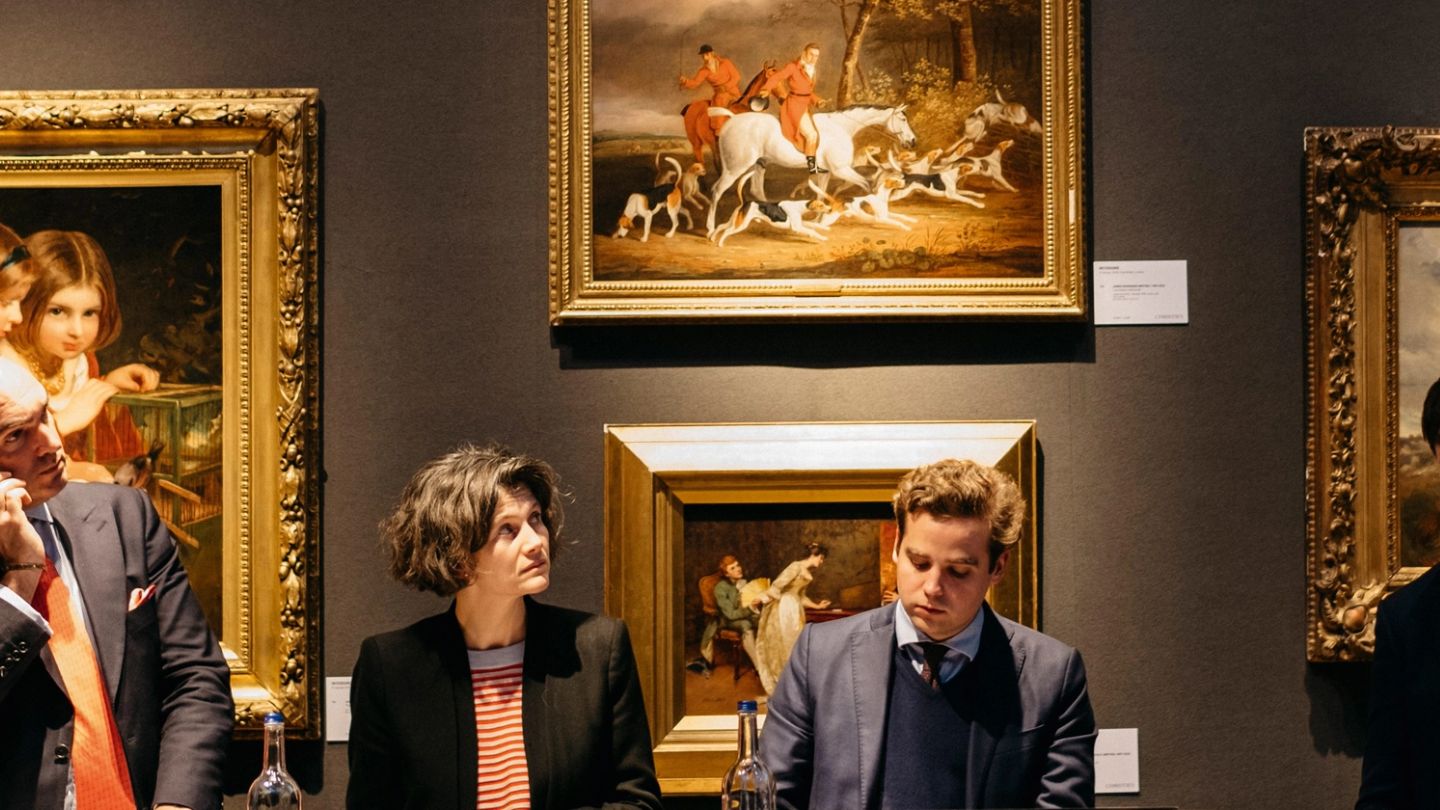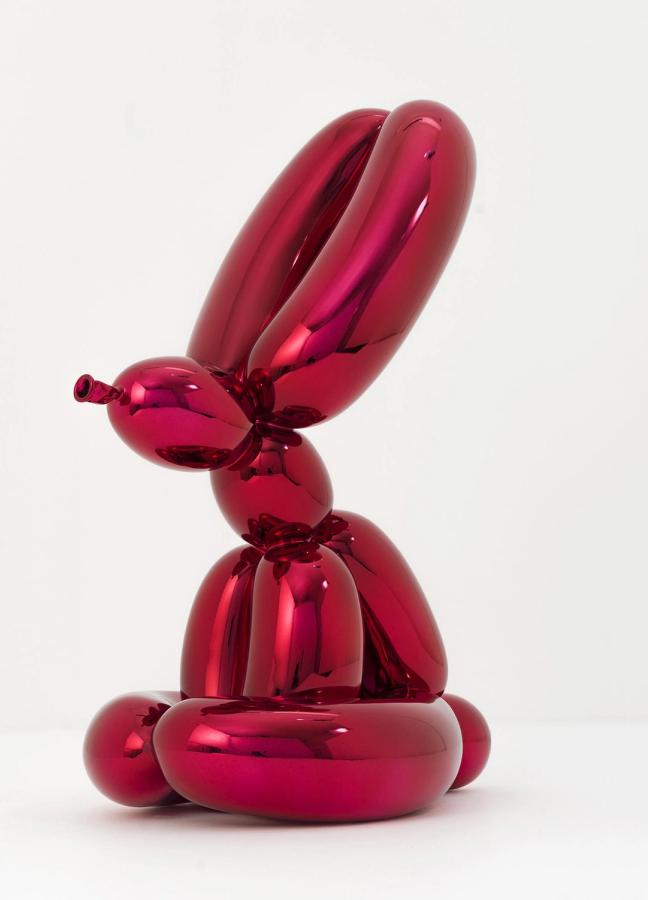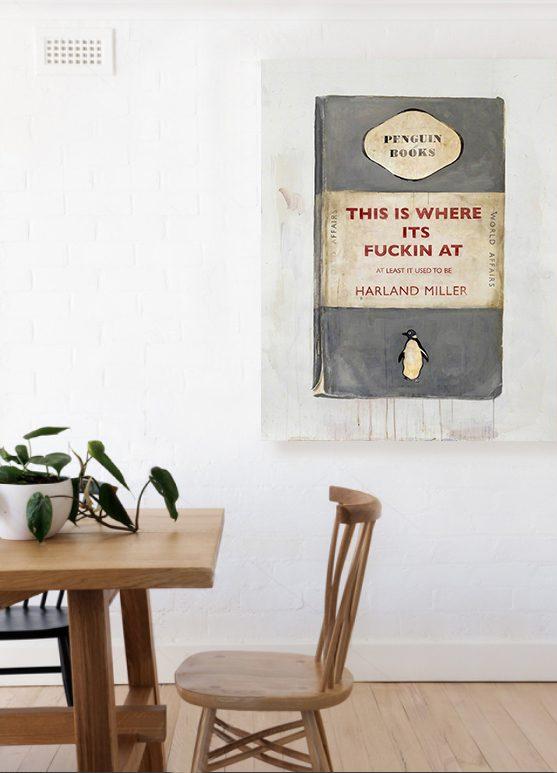

Words: Jonathan Wells
Art is subjective. That much is clear. In fact, even the definition of what ‘art’ is could be considered subjective. If someone collects vintage film posters, do they have an art collection? What about stamps? Coins? Where does it end? The waters of the art world are murky waters indeed, which makes starting an art collection of the hardest things you can dive into.
"Art is subjective. That much is clear..."
Whether you want to begin a collection for business and investment reasons, or if you’re just really passionate about a particular artist or style, there are concerns to be have across topics from tonal to financial. So, to navigate these murky waters, we have turned to Nick Campbell to steer you on the right course.

Campbell is the founder of Narcissus Arts, a consultancy focusing solely on pieces valued at lower than £10,000 to open the art world up to a whole new generation of collectors. So, as a man determined to bring the art of collecting to a younger audience, what five steps would Campbell recommend you follow to bring a worthy collection to life?
Only buy what you love
It can be tricky, whittling down what you love. Art is such a broad and far-stretching concept that you could see a sculpture that grabs you here, and a small oil-painting that speaks to you there. But is loving the pieces the be-all and end-all?
“You should start a collection by only buying pieces that you truly love and would be happy living with,” Campbell confirms, “not because they might make a good investment. I come across too many people who want to start collecting art in order to make money.
“In reality, 90 per cent of art will not give you a return on your money. Buy out of love and desire to own a particular piece, and that you will enjoy looking at every time you see it. If it happens to go up in value, then that will just be an added bonus.”
Find a specific theme - and stick to it

The hardest thing to do is to choose. But Campbell tells us that the only way to create a streamlined and impressive collection is to focus on one area, albeit after a brief period of testing the waters. But don’t cast your net too wide, otherwise your ‘collection’ will end up as a wishy washy mismatch of art. And you don’t want that.
"The only way to create a streamlined and impressive collection is to focus on one area..."
“Find a theme or medium that interests you and try to stick to it,” explains the consultant, “i.e. black and white American photography, or merely abstract paintings by young emerging artists.
“Of course, it is normal to be unsure about what you want to buy right at the start, so I encourage clients to look at as much work as possible. After some time though, its good to try and focus on buying just one medium, or artists from a particular movement. Your collection will start to have cohesion, and you will find the process more rewarding.”
Do your homework - it’ll pay off
As with everything in this world, the more you understand it, the better position you will be in. That means doing your homework. Campbell, who has done his fair share of behind-the-scenes research, recommends researching that one niche or style you chose in the step above.
“Knowledge is key,” reiterates Campbell. “Do your homework and find out as much information about that artist or movement as possible. You might like a particular work, but after some research find another series by the same artist that you’d prefer.
“Also, be aware of pitfalls when buying from the secondary market rather than primary. If you are buying an artwork at auction make sure you check the provenance and condition of the piece. If buying from a gallery, dig around a little and find out what your work, or works comparable to that, sold for previously, to ensure you are not paying more than the market rate.”
Don’t be afraid to take risks

The best artists never played it safe, so it follows that the best collectors have a streak of devil-may-care in them, too. Risk is an inherent part of art collecting, and whether its an issue with storage or gathering the funds, you’ll always obsess about the piece that got away. So take that leap of faith — or so says Campbell.
"The best artists never played it safe, so it follows that the best collectors have a streak of devil-may-care in them, too..."
“Some of the most significant collectors in the world will tell you that they, at one time or other, bought a work that they could not afford, or comparatively, shied away from buying, which they have lived to regret ever since.
“You don’t quite have the wall space at the moment, or perhaps the piece in question is a little out of budget? If you have an overriding desire to buy the piece, then work out a way to acquire it, and you won’t live to regret it.
Collecting isn’t just about buying
It may sound like a contradiction, but actually acquiring your art is only a small part of collecting it. The rest comes with curation, preparation and storage. These are steps that may seem secondary to the main act of buying, and it’s true that they’ll always feel secondary, but you must plan and address logistics — or deal with the consequences.
“Don’t disregard the small stuff. Aspects such as framing, transportation, storage etc. are all critical elements that can affect your collection in the long run, so always do it correctly. I have had one client recently who scrimped out on getting his photograph transported to Singapore.
“Sadly the glass smashed in transit and scratched the photo, but because it wasn’t being shipped with a trusted professional, it looks unlikely that he will be able to get the insurance money back. Similarly, I recently worked with a large Law Firm, and we had to go through the lengthy, and costly process, of getting all their artworks re-framed with UV protected glass as the original way meant that some of the drawings and photographs were fading.”
Already have an art collection? Why not branch out into antiques, with the help of Ronald Phillips…


